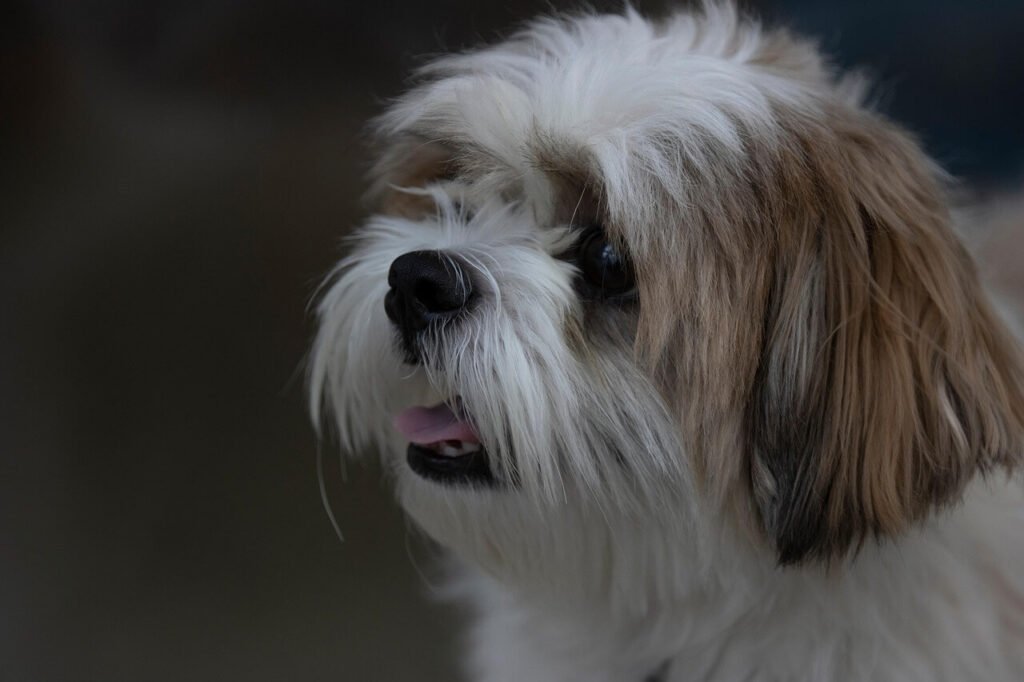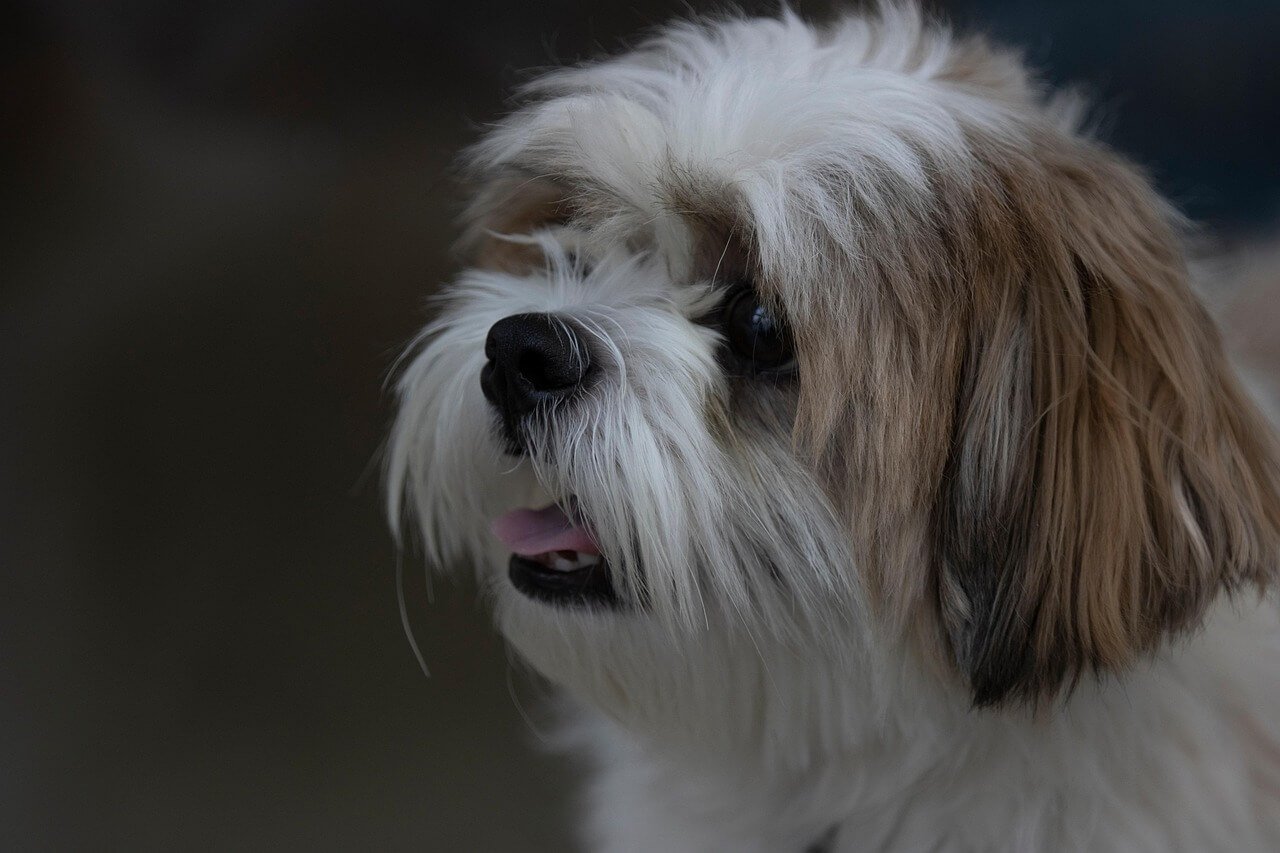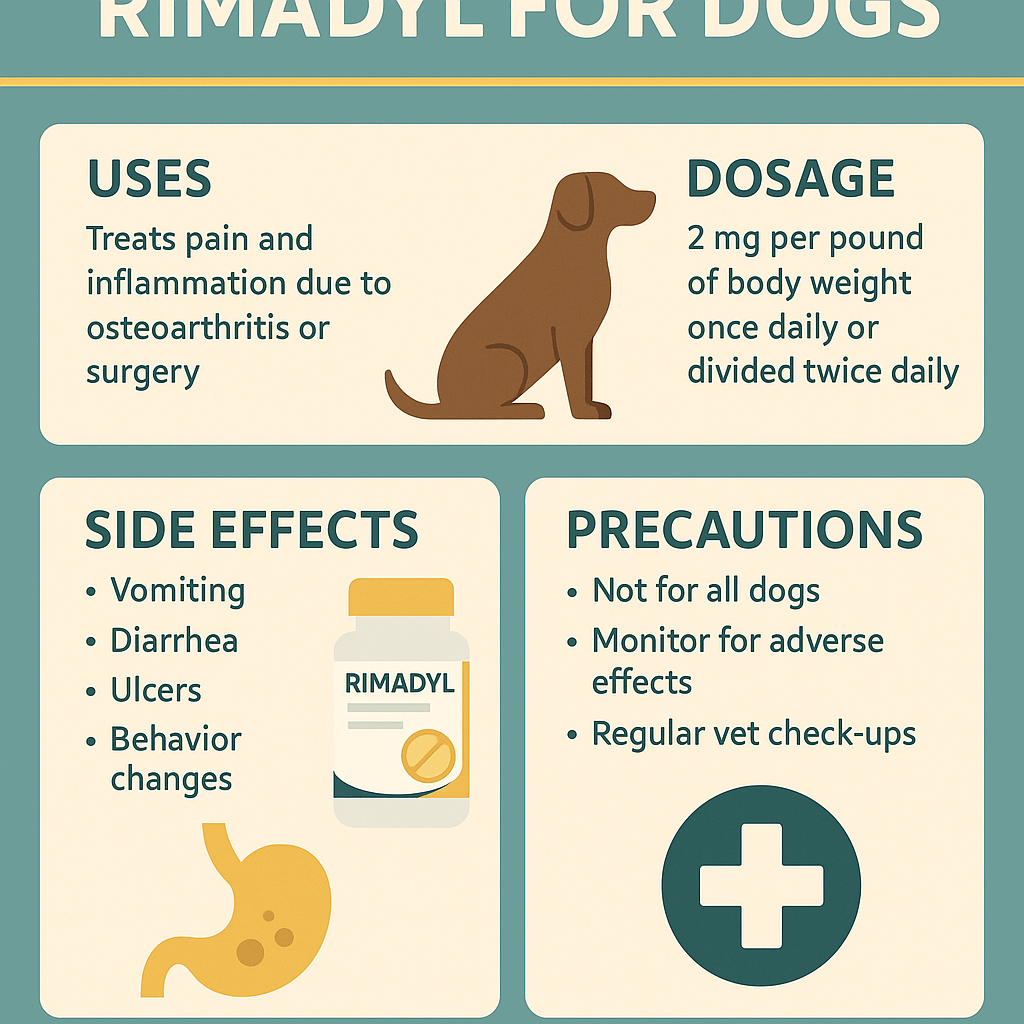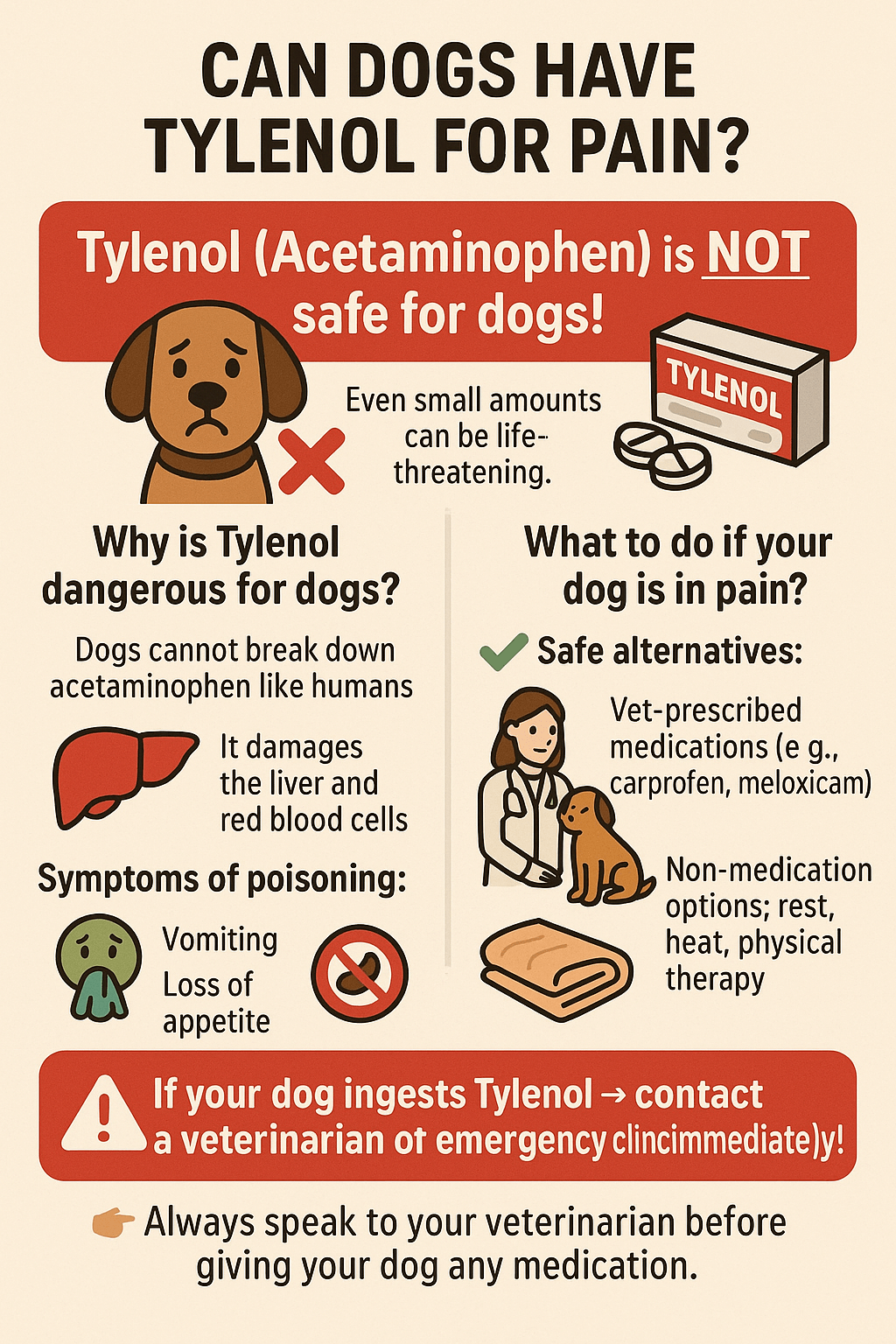Dog Parkour: The Exciting New Way to Bond and Exercise with Your Pup
If you’re looking for a fun, challenging, and rewarding way to spend time with your dog, dog parkour might be just what you need. This innovative activity combines physical exercise, mental stimulation, and teamwork as you guide your furry friend through obstacles in everyday environments like parks, urban areas, or even your backyard. Inspired by human parkour, dog parkour focuses on creativity, problem-solving, and building confidence in dogs of all ages, sizes, and breeds. Whether you’re a seasoned trainer or a first-time dog owner, dog parkour offers endless opportunities for adventure and bonding. In this blog post, we’ll explore the basics of dog parkour, its benefits, how to get started, and tips for success.
What Is Dog Parkour? Breaking It Down
Dog parkour is more than just jumping over obstacles—it’s about teaching your dog to interact with their environment in creative and safe ways. Unlike traditional agility training, which often requires specialized equipment, dog parkour uses natural objects like benches, walls, logs, and steps. Here’s what makes dog parkour unique:
No Special Equipment Needed: Everyday objects like curbs, rocks, and fences become obstacles.
Focus on Confidence Building: Dogs learn to navigate challenges at their own pace, boosting their self-assurance.
Suitable for All Breeds and Sizes: From tiny Chihuahuas to giant Great Danes, any dog can participate.
Encourages Creativity: Handlers and dogs work together to find new ways to interact with the environment.
Strengthens the Human-Dog Bond: The teamwork involved fosters trust and communication between you and your pup.
Dog parkour is not just about physical fitness; it’s about creating a deeper connection with your dog while having fun outdoors. With some basic training and patience, you can unlock a world of possibilities for both of you.
Benefits of Dog Parkour for You and Your Dog
Engaging in dog parkour offers numerous physical, mental, and emotional benefits for both you and your canine companion. Here’s why this activity is worth trying:
Physical Fitness: Jumping, climbing, and balancing improve your dog’s strength, flexibility, and endurance.
Mental Stimulation: Navigating obstacles challenges your dog’s problem-solving skills and keeps their mind sharp.
Confidence Boost: Successfully completing obstacles helps shy or nervous dogs gain self-assurance.
Bonding Opportunity: Working together strengthens the trust and communication between you and your dog.
Low-Cost Activity: Since no special equipment is required, dog parkour is an affordable way to stay active.
By incorporating dog parkour into your routine, you can enhance your dog’s well-being while enjoying quality time together. It’s a win-win for everyone involved!
Check this guide 👉5 Best Dog Baskets for Bike Rides to Boost Your Adventures!
Check this guide 👉Top 5 Essential Dog Carriers for Safe & Comfortable Travel!

Common Obstacles in Dog Parkour | Skills Developed Through Each Obstacle |
|---|---|
Jumping Over Logs | Strengthens hind legs and improves coordination. |
Balancing on Benches | Enhances core strength and balance. |
Climbing Stairs | Builds confidence and strengthens muscles. |
Crawling Under Tables | Improves flexibility and body awareness. |
Leaping Onto Low Walls | Boosts agility and spatial perception. |
How to Get Started with Dog Parkour
Starting dog parkour is easier than you might think. With a little preparation and practice, you and your dog can begin exploring this exciting activity together. Here are some steps to help you get started:
Choose a Safe Location: Find a park, trail, or quiet area with natural obstacles like benches, rocks, or low walls.
Start Simple: Begin with basic obstacles like walking over a log or stepping onto a curb.
Use Positive Reinforcement: Reward your dog with treats, praise, or toys for successfully completing tasks.
Practice Regularly: Short, frequent sessions help reinforce skills and build confidence over time.
Respect Your Dog’s Limits: Avoid pushing your dog too hard—let them progress at their own pace.
With patience and consistency, your dog will grow more comfortable and skilled as you tackle increasingly challenging obstacles together.
Tips for Success in Dog Parkour
To make the most of your dog parkour journey, here are some expert tips to ensure safety, enjoyment, and progress:
Warm Up Before Starting: Spend a few minutes walking or playing to loosen up your dog’s muscles before tackling obstacles.
Stay Attentive to Safety: Check obstacles for sharp edges, slippery surfaces, or other hazards before letting your dog attempt them.
Keep Sessions Fun: End each session on a positive note to keep your dog motivated and excited for future adventures.
Be Patient and Encouraging: Some dogs may take longer to master certain obstacles—celebrate small victories along the way.
Involve Other Dogs Carefully: If training with other dogs, ensure they’re calm and well-behaved to avoid distractions or conflicts.
By following these tips, you’ll create a positive and enriching experience that benefits both you and your dog.
Overcoming Obstacles on Your Dog Parkour Journey
While dog parkour is a rewarding activity, it’s not without its challenges. Understanding potential hurdles can help you prepare and address them effectively. Here are some common challenges and how to tackle them:
Fear of New Obstacles: Some dogs may hesitate or refuse to try unfamiliar obstacles due to fear or uncertainty.
Lack of Focus: Distractions like other people, animals, or noises can make it hard for your dog to concentrate.
Physical Limitations: Older dogs or those with health issues may struggle with certain movements or jumps.
Handler Inexperience: If you’re new to dog parkour, you might feel unsure about how to guide your dog properly.
Weather Conditions: Rain, heat, or cold can impact both your dog’s performance and safety during sessions.
By recognizing these challenges early, you can adapt your approach and ensure a positive experience for both you and your dog. Patience and consistency are key to overcoming obstacles together.
Prioritizing Safety During Dog Parkour Sessions
Safety should always be the top priority when practicing dog parkour. Even though the activity uses natural obstacles, there are still risks involved. Here are some essential tips to keep your dog safe while having fun:
Inspect Obstacles Carefully: Check for sharp edges, unstable surfaces, or slippery areas before letting your dog attempt an obstacle.
Avoid Overexertion: Don’t push your dog too hard—watch for signs of fatigue or discomfort and take breaks as needed.
Use Proper Gear: Ensure your dog wears a well-fitted collar or harness and that their leash is secure but not restrictive.
Stay Hydrated: Bring water for both you and your dog, especially during hot weather or longer sessions.
Know Your Dog’s Limits: Tailor activities to your dog’s age, size, and physical condition to prevent injuries.
By following these safety guidelines, you can minimize risks and create a secure environment for your dog to thrive in dog parkour. A safe session is a successful session.
Boosting Your Dog’s Brainpower Through Parkour Challenges
Dog parkour isn’t just about physical exercise—it’s also an excellent way to engage your dog’s mind. Adding mental challenges to your sessions keeps your dog sharp and prevents boredom. Here are some ways to incorporate mental stimulation into dog parkour:
Introduce New Commands: Teach specific commands like “up,” “over,” or “under” to guide your dog through obstacles.
Create Sequences: Combine multiple obstacles into a sequence to challenge your dog’s memory and problem-solving skills.
Add Time Limits: Encourage faster thinking by setting gentle time goals for completing tasks.
Vary Locations: Change up the environment regularly to keep your dog curious and engaged.
Reward Creativity: Praise your dog for finding new ways to interact with obstacles, fostering independent thinking.
By blending physical and mental challenges, you’ll create a more enriching experience for your dog. A mentally stimulated dog is a happy and well-behaved companion.
Frequently Asked Questions About Dog Parkour
What is dog parkour?
Dog parkour involves navigating natural obstacles like benches, walls, and logs to build confidence, strength, and teamwork between dogs and their handlers.
Do I need special equipment for dog parkour?
No, dog parkour uses everyday objects found in parks, trails, or urban areas.
Is dog parkour suitable for all dogs?
Yes, dogs of all breeds, sizes, and ages can participate, provided they’re physically capable and enjoy learning new activities.
How do I teach my dog parkour skills?
Start with simple obstacles, use positive reinforcement, and gradually increase difficulty as your dog gains confidence.
Where can I practice dog parkour?
Parks, trails, backyards, and urban areas with natural obstacles are ideal for practicing dog parkour.
Final Thoughts: Unlock Adventure with Dog Parkour
Dog parkour is more than just a fun activity—it’s a way to deepen your bond with your dog while promoting their physical and mental well-being. By exploring the world around you and tackling challenges together, you’ll create unforgettable memories and watch your dog grow in confidence and skill. Whether you’re navigating a simple curb or leaping over a fallen tree, every obstacle conquered is a step toward a stronger partnership. So grab your leash, head outside, and embark on an exciting journey of discovery with your four-legged friend. After all, life is better when shared with your dog!
Rimadyl for Dogs: Best 7 Expert Tips! Discover expert advice on using Rimadyl safely, managing pain, and improving your dog’s mobility with trusted veterinary insights.
Can Dogs Have Tylenol for Pain? Best 7 Expert Tips! Discover the risks, safe alternatives, and expert advice on managing your dog’s pain effectively while avoiding harmful medications.
Understanding Hemophilia in Dogs: Best 7 Expert Tips! Discover expert advice on managing hemophilia, recognizing symptoms, and ensuring your dog’s well-being with practical care strategies.
Understanding Dog Sensitive Skin: Best 7 Expert Tips! Discover expert advice on managing dog sensitive skin, relieving irritation, and improving your pup’s comfort with practical solutions.





